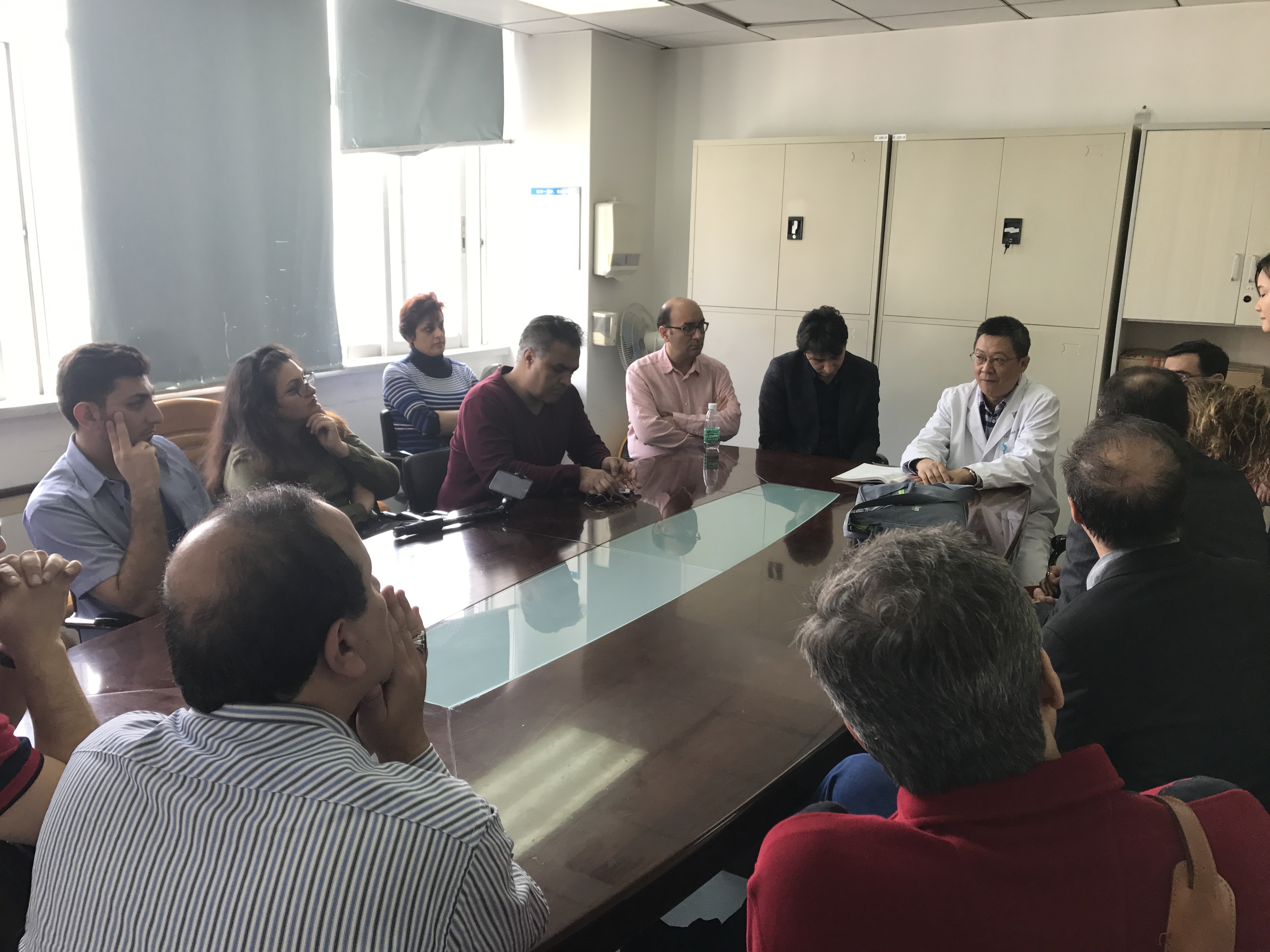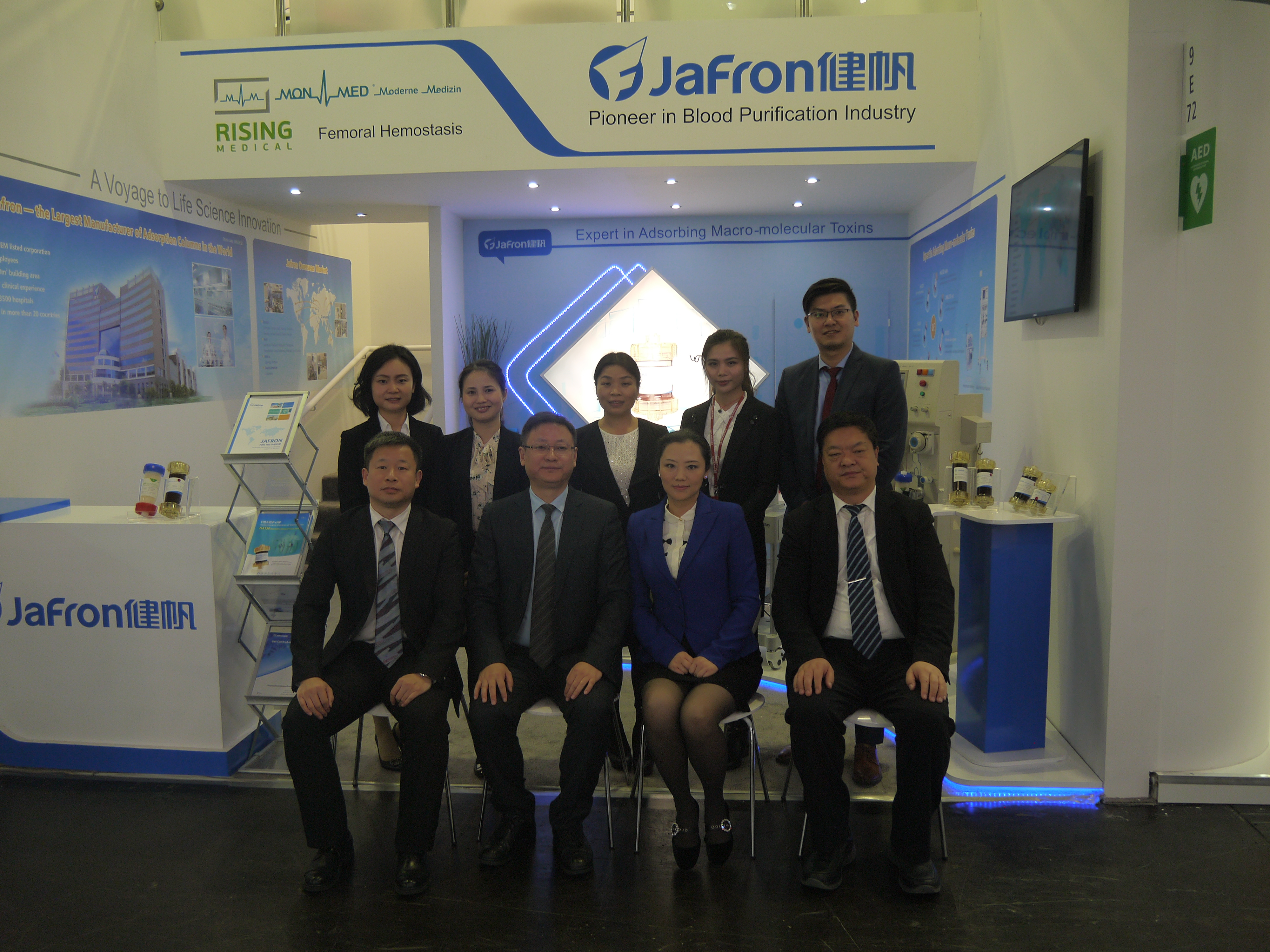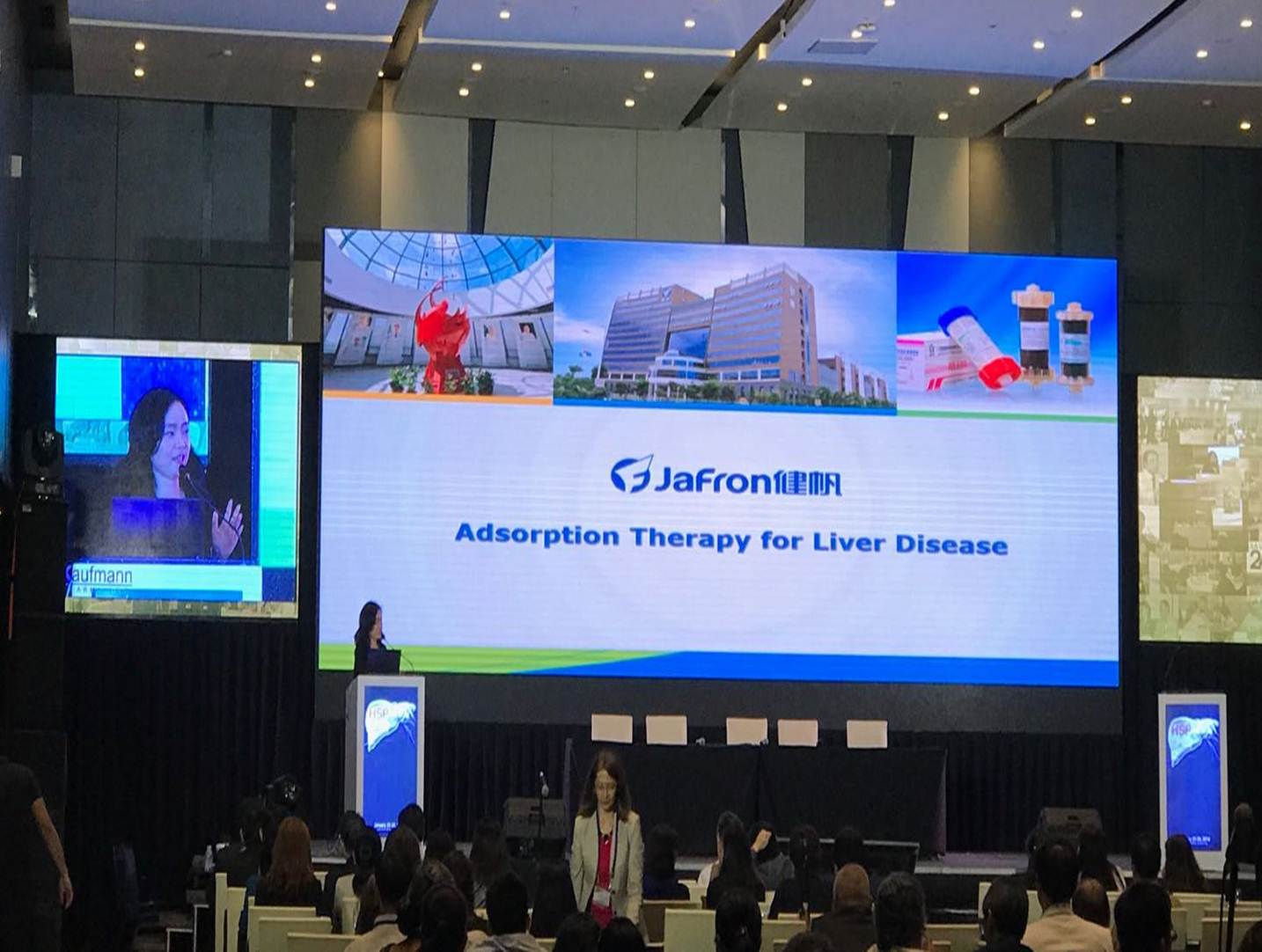Academic Perspective COVID-19 Experience Sharing -- How to manage the critical ill?
Author:Sherry Zhang Date:2024-10-21
Academic Perspective
COVID-19 Experience Sharing -- How to manage the critical ill?
_______________________________________________________________

What we learnt from COVID-19?
Prof. Jean-Louis Vincent
Professor of intensive care at the University of Brussels, Belgium
Past-President of European Society of Intensive Care Medicine
Past-President of the World Federation of Intensive Care Societies
1. Compared with the pandemic one hundred years ago, nowadays medical level has made great progress, and the scope involved has been more specified individually in both comprehensive evaluation and treatment strategy.
2. Applying for proper oxygenation supports at the right timing, which means we should not wait for a long time without clinical improvement, and then careful plan for endotracheal intubation should be considered to avoid respiratory arrest. However, we should not do it too early if there is a risk of Self Inflicted Lung Injury (SILI). For COVID-19 pneumonia, there may be typical and atypical ARDS with different respiratory situations, and treatment with different PEEP, FiO2 level, tidal volumes, different position or even different muscle relaxant requirements should be individualized. Diuretics therapy may also limit the cardiac output and O2 delivery which may induce the potential shock requiring vasopressor agents and may finally leads to MODS. Fluid balance management is complex, and to use proper fluid challenges are needed. To conduct distributive justice while materials are in lack is also one very important issue.
3. Not only the pro-inflammatory response but also the deregulated host response in severe and critical ill COVID-19 patients should be recognized. The extracorporeal removal of toxins makes a lot of sense. We are all together facing the virus, and we should share challenges rather than in competition with others.

CRRT with hemoperfusion: A promising option for severe COVID-19
Prof. SM. Reza Hashemian
Masih Daneshvari hospital in Tehran, Iran; American College of Critical care fellowship
1. Compared with the healthy population, the level of pro-inflammatory cytokine in the plasma of the COVID-19 patients was significantly increased, suggesting that a variety of cytokines are associated with the progression of COVID-19, particularly lung damage and acute respiratory distress syndrome caused by the coronavirus.
2. In the COVID-19 experience from Iran, extracorporeal therapy such as hemoperfusion, CRRT or CRRT combined with hemoperfusion had optimized patients’ oxygen situation, inflammatory conditions, and kidney function after treatment, while CRRT combined with hemoperfusion showed higher efficacy so far. The single hemoperfusion and CRRT combined with hemoperfusion may show more advantages in patient survival according to the experience. However, the number of patients included required a wider range of research observations to further clarify the role of blood purification techniques in cytokine storm blocking.

Cytokine storm in COVID-19 and clinical experience of cytokine filters in sepsis
Dr. Omender Singh
Director of the Institute of Critical Care Medicine, Max Health Care, India
1. The timing of treatment for COVID-19 is very important, especially in early intervention in pro-inflammatory cytokine therapy to control the overwhelming immune response which may cause deadly complications.
2. Based on available evidence, the COVID-19 mortality may be attributable to virally driven hyper-inflammation, and reports suggested that while some relevant anti-IL-6 drugs could help in blocking inflammatory storms, they may also increase the risk of bacterial and viral infections, and of viral reactivation in cases with a previous viral infection.
3. The use of existed approved therapies with proven safety profiles to address the immediate need to reduce the rising mortality is recommended to identify and treat hyper-inflammation.

Covid-19 outbreak
Prof. Ricard Ferrer
Head ICU, Vall d'hebron University Hospital, Barcelona, Spain
President of Spanish Society of Intensive Care
1. Now the situation is devastating: ARDS, myocardial and cardiovascular dysfunction and AKI are common. Myopathy also very frequent. Bacterial co-infection is uncommon.
2. Covid-19 pneumonia and hyper-inflammatory state showed indications of hemoperfusion.
3. The including criteria of hemoperfusion: IL-6 >1000 pg/mL, D-dimer > 1500 ng/ml and Ferritin > 500 ng/ml and ARDS not responding to prone position (PaO2/FiO2 ratio > 100 mmHg).
4. Clotting of the system should be paid special attention: citrate and heparin should be used

Experience using HA330 for COVID-19 patients with AKI
Prof. Roberto C. Tanchanco
Associate Professor of Ateneo School of Medicine & Public Health
Section of Nephrology, The Medical City, Pasig, Philippines
Past President, Philippine Society of Nephrology
1. Up to April 14th, 5223 cases were diagnosed with COVID-19 infection. 2 weeks after the extended community quarantine is implemented, there is a flattening of the new case curve.
2. For COVID-19 patients, if there is a sign of cytokine release syndrome, HA330 for 4 hours is considered with CRRT. Untill now, 7 out of 49 patients used hemoperfusion. Due to lack of test the Interleukin level is not measured. More experience is expected in the future.

Extracorporeal cytokine removal in patients with septic shock in an adult intensive care unit
Dr. Rafael Avila
Head of Intensive Care unit
Director of program of extracorporeal Organ Support of Hospital Cullen J.M, Santa Fe, Argentina
1. There is 1975 confirmed coronavirus case in Argentina now. The number is still increasing.
2. Inclusion criteria of hemoperfusion in critical patients: Age > 18 years old; Procalcitonin (PCT) ≧ 2 ng / mL; IL-6 > 900 pg/ml; Septic shock ( Sepsis-3 ); Norepinephrine ≧ 0.4 μg / kg / min; Need for renal replacement therapies or ECMO.
3. The primary outcome: compare changes in norepinephrine requirements before and after hemoperfusion (HP) treatment.
4. Secondary outcome: Demonstrate the decrease in levels of IL-6; Assess the total and individual change of SOFA; Establish the resolution of shock; Clearance of lactate; Mortality ( 7, 30 and 60 days).
5. Results of 4 patients were collected by far. 3 of the 4 patients showed significant drop in noradrenaline and IL-6 level, as well as the decrease in lactate level.
Discussion outcomes
To recognize the Cytokine storm
In some COVID-19 patients, the IL-6 level is far lower than that in sepsis patients. Perhaps because the cytokine storm does not occur among all COVID-19 patients and we should pay more attention to patients with higher IL-6 levels, or choose other biomarkers such as ferritin, D-dimer, and even relevant clinical signs such as O2 situation to evaluate the onset of cytokine storms. With the timely identification and the intervention of extracorporeal therapy, it would help to prevent the sudden crash of patients undergoing cytokine storm clinically.
The timing and operation of hemoperfusion
There is no doubt that the earlier intervention with hemoperfusion, the more benefits for the COVID-19 patients. Hemoperfusion combined with CRRT might benefit COVID-19 patients more clinically, while single hemoperfusion or hemoperfusion combined with SLED are rational options as well, depending on the clinical situation and resources. Anticoagulant for hemoperfusion can be heparin, citrate and others, and for patients under hyper-coagulation situation, heparin seems to be a favored option.
The content above is based on the experts' clinical experience and opinions, and comprehensive consideration shall be needed in clinical practice.
The webinar video is available on YouTube:https://www.youtube.com/watch?v=ZzndPUHHQzM
















